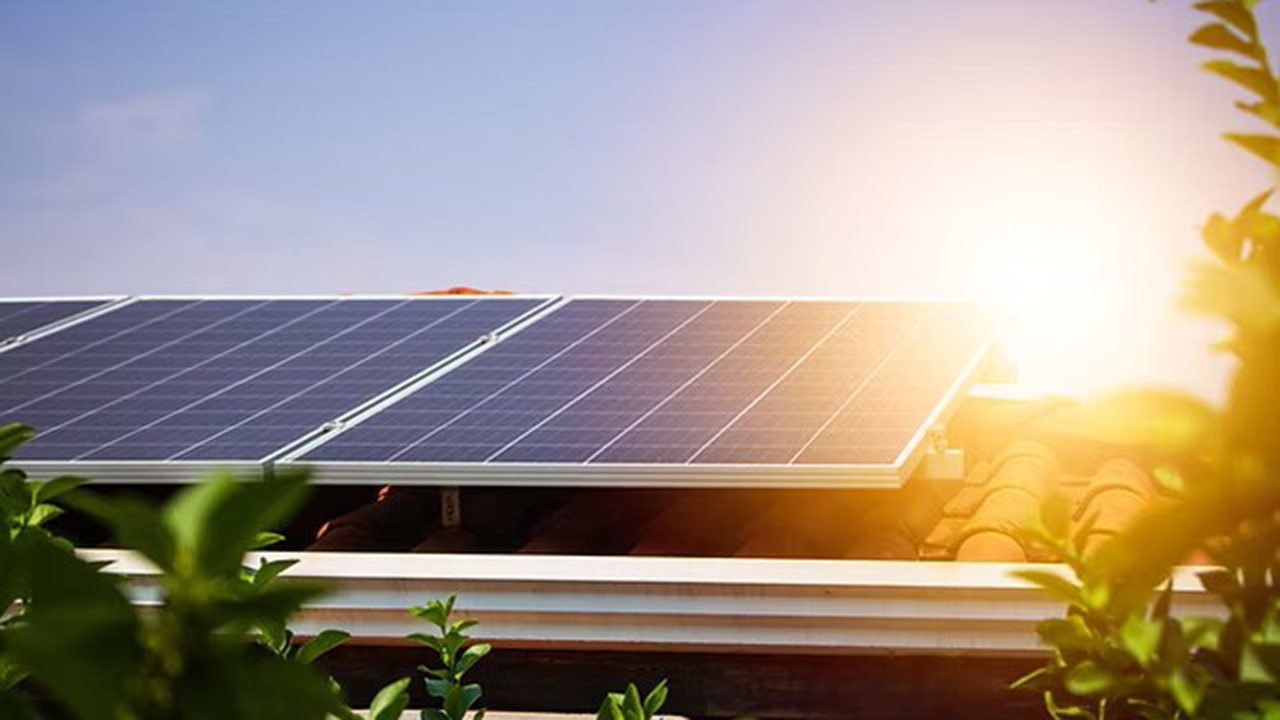As energy discussions in Nigeria shift from access to sustainability and resilience, one expert is calling attention to a solution that could transform the North-East’s electricity landscape: hybrid renewable energy systems.
In an interview with our correspondent, COREN-registered engineer Dosa Adebayo Abel shared compelling insights into why hybrid systems, particularly combinations of solar and wind, are not just viable but essential for the region’s development.
“The energy crisis in North-Eastern Nigeria isn’t just a supply issue—it’s about security, infrastructure, and economic inclusion,” Engr. Abel began.
“In many communities, there’s either erratic power or none at all. Traditional grid expansion is not keeping up, and that’s where localized, hybrid renewable energy systems come in.”
With vast natural resources, abundant sunlight and measurable wind, the region offers ideal conditions for renewable energy. Engr. Abel pointed to recent data showing solar irradiance levels averaging between 5.5 and 6.5 kWh/m²/day, and wind speeds of 4 to 6 m/s in elevated areas during the Harmattan season.
“What makes hybrid systems powerful is how they complement each other. Solar peaks during the day, and wind speeds often rise in the early mornings and evenings. With battery storage, you have a 24-hour solution,” he explained.
Pilot projects in Gombe and Yobe have already introduced solar mini-grids to health clinics and solar-powered boreholes. But Engr. Abel insists the next step is scaling up, moving from single-source solar to hybrid systems that include wind turbines and batteries for enhanced performance.
“It’s not just about keeping the lights on. Reliable power allows clinics to store vaccines, schools to run evening classes, and small businesses to thrive. In IDP camps, it means safety, livelihoods, and dignity,” he said.
Despite the promise, challenges remain. Security in rural areas, high capital costs, and limited access to financing are real obstacles.
“Creative financing models like pay-as-you-go or lease-to-own, combined with government incentives can bridge that gap. We also need policies that encourage developers and de-risk investments,” Abel advised.
He commended ongoing efforts like the Rural Electrification Agency’s Solar Power Naija and the World Bank’s NEP, but urged a shift toward hybrid models to address the unique climatic and socio-economic conditions of the North-East.
“We have an opportunity to leapfrog outdated infrastructure. With stakeholder collaboration—from government to NGOs to the private sector—we can create resilient, decentralized energy networks,” he noted.
For Engr. Abel, this is not just an engineering challenge but a national imperative. “It’s time to power the North-East—literally and symbolically. Every hybrid system that lights a classroom or powers a clinic is a step toward equity and recovery. This is about survival, progress, and hope.”
As Nigeria reimagines its energy future, voices like Engr. Abel’s provides both technical clarity and moral urgency—reminding us that sustainable energy is more than power; it’s possibility.






